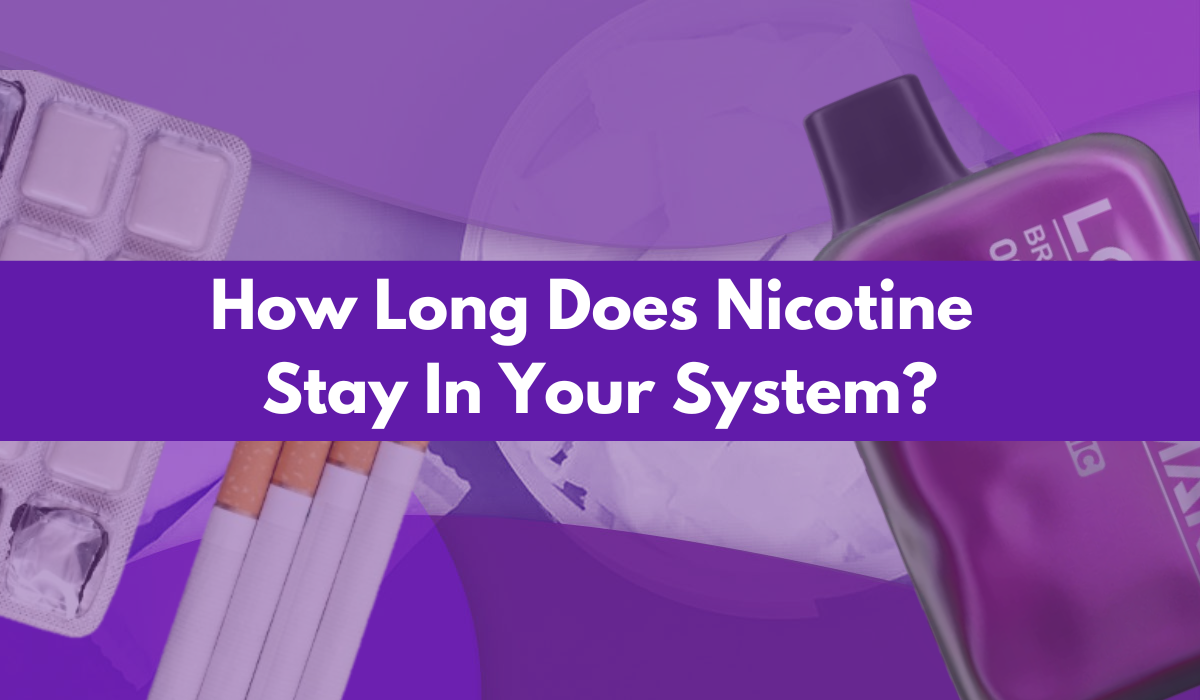
How Long Does Nicotine Stay in Your System?
Any adult submitting to a drug test needs to know how long nicotine stays in your system. Drug tests for nicotine are usually mandated as a condition of employment or are used determine life and health insurance costs. Some surgeries may have a contingency linked to nicotine and be cancelled if you fail the test.
It is assumed that non-smokers will not report themselves as a smoker, but due to secondhand smoke it is possible for a non-smoker to test positive. For all of these reasons, understanding nicotine tests is extremely important.
The most popular testing methods do not specifically target nicotine itself. These tests detect nicotine metabolites, specifically cotinine, is more stable and which stays in your system longer.
The table below outlines how the cotinine test has expanded the detection window and provides an overview of nicotine detection windows.
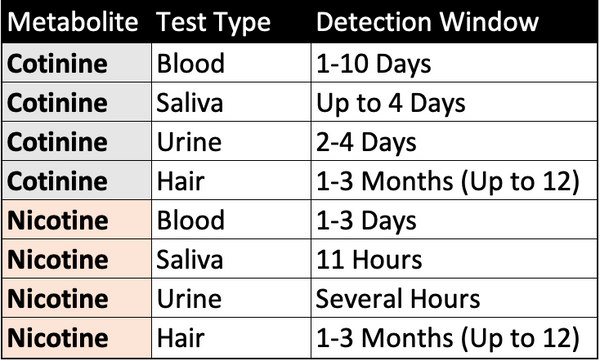
Nicotine Exposure
Nicotine tests do not differentiate tobacco smoke from other nicotine products. This may pose an obstacle to many adults.
Obviously, smoking, vaping, chewing tobacco, and synthetic nicotine pouches run afoul of nicotine tests. Most employers and insurance companies view the use of the FDA-approved nicotine patch, nicotine gums, nicotine lozenges and other nicotine replacement therapies (NRT) as a long-term health risk as well.
The use of regulated and approved smoking cessation products can still result in higher insurance premiums for employees or cancellation of a vital surgery.
Why Is the Patch Treated Like a Cigarette?
The obvious answer is that these tests are looking for nicotine but the decision by insurance companies to treat nicotine replacement therapy in the same manner as cigarettes has a strong actuarial logic behind it. A surgery precluded by nicotine use will not generally discriminate on which form of nicotine you choose either.
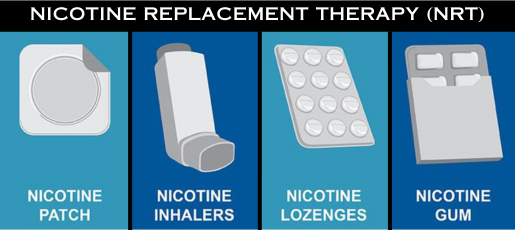
Insurance companies interpret the presence of nicotine at levels higher than would be seen in a non-smoker or someone exposed to occasional secondhand smoke, as a reliable indication of tobacco use. It does not matter which form of nicotine is involved.
The use of nicotine replacement therapy (NRT) products provides no cover in most cases. These products are a component of many smoking cessation programs. They typically flags an individual status as an ex-smoker with a high likelihood of relapse.
And this danger of relapse holds true for 90 percent of NRT users, as those who quit tobacco cold turkey are generally as successful as NRT users.
This is why many US insurance companies and businesses that test for nicotine treat NRT the same as a 2-pack a day smoking habit. Unfortunately for vapers, this source of nicotine currently gets lumped in the same bucket as combustible cigarettes and chewing tobacco as well.
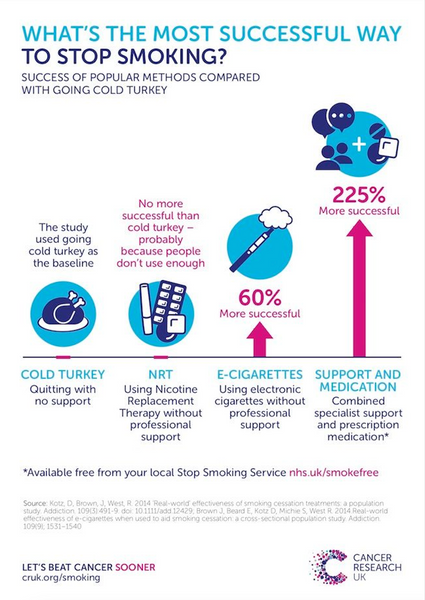
UK Health Insurance
When discussing nicotine and insurance, it is impossible not to mention the United Kingdom. Their National Health Service is not a for profit endeavor. As an organization, they are quick to dismiss modalities that prove ineffective and cost prohibitive.
Herbal medicine, homeopathy, and sundry other alternative approaches have been given the axe, even though the Prince of Wales attempted to intervene in 2015 to save some of his personal favorites. Simply put, taxpayers’ foot the bill and resources must be maximized. They are not looking to underwrite the pet projects of profitable pharmaceutical companies and are not as easily lobbied by outside interests, such as Michael Bloomberg who has close to a quarter billion dollars to destroy vaping in any form he has deemed unacceptable.
Vaping, which has outperformed NRT as a cessation tool in myriad studies, is promoted on the UK's National Health Service resource page: Vaping to Quit Smoking.
Of course, such an impertinent refusal to accept the destructive directives of Bloomberg's Orwellian-named Truth Initiative or failing to champion the cause of Johnson and Johnson manufactured Nicorette won’t fly on this side of the pond.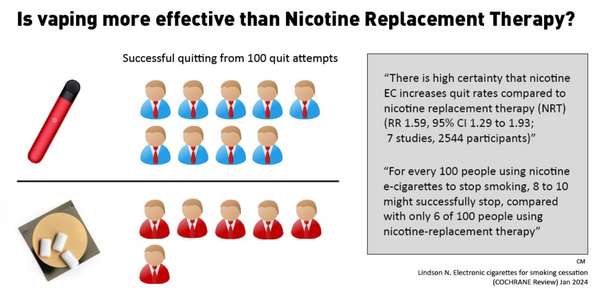
Now it is time to get down to brass tacks and look at the tests: How long does nicotine stay in your blood? How long does nicotine stay in your urine?
How Long Can Tests Detect Nicotine?
Tests measuring nicotine, rather than its biomarkers and byproducts, in the human body have limitations. The human body metabolizes nicotine quickly. Individuals may even try to flush nicotine from their system through exercise and excessive water consumption.
Half the nicotine you consume is metabolized in two hours. But relying on nicotine's half-life of two hours will avail you nothing in 2024. Commercially available tests no longer look for nicotine but the metabolite cotinine.
Cotinine
The most common and effective nicotine tests look for cotinine. Cotinine is produced when nicotine is metabolized by the liver. Cotinine can remain detectable in the body for up to three weeks.
Compare this to a nicotine blood test which may only be effective for one to three days or urine tests that are effective for mere hours.
How Long Does Cotinine Stay in Your System?
The duration of cotinine in your system can vary based on factors such as ethnic background, gender, medications taken, and even diet.
As stated by the CDC, "Cotinine, the primary metabolite of nicotine, is currently regarded as the best biomarker of tobacco smoke exposure. Measuring cotinine is preferable to measuring nicotine because cotinine persists longer in the body with a blood plasma half-life of about 16 hours."
Types of Nicotine Tests
When it comes to testing for nicotine and its metabolite cotinine, various methods are available, each with its own features and limitations. The quality of screening tests are determined by two factors: specificity and sensitivity. Basically, can the test detect a biomarket and can it differentiate levels of the biomarker in a statistically meaningful way. Let's delve into the different nicotine testing methods.
Nicotine Blood Testing
Blood testing is highly accurate and can detect both nicotine and cotinine. However, it is also the most expensive and invasive method, requiring a trained technician and a visit to a lab. Individuals concerned with privacy are likely to balk at a blood draw, which can provide vast amounts of genetic information.
There are two types of blood tests for cotinine. One provides a simple positive or negative result. There are also quantitative tests that measure the amount of cotinine in the blood serum. These tests have great specificity but there are few scenarios where the insurance company is going to spring for an expensive blood test.
Nicotine Saliva Testing
Expense and invasiveness preclude blood testing in most cases. Many labs and insurance companies have transitioned to the cotinine saliva test. They are effective and sensitive. They also measure nicotine concentration, which allows labs to remove false positives caused by second hand smoke and lower exposure levels to nicotine.
Nicotine saliva tests can detect cotinine levels in a saliva sample at about one-third the concentration as in blood serum and a. re about at a concentration one-fifteenth as high as in urine.
This method is convenient for both employers and employees, often involving a simple swab of the person's mouth, which is then sent to a lab for analysis. The sensitivity and specificity of saliva tests are demonstrated by the following table from salimetrics.com.
Nicotine Urine Testing
According to Testing.com, the cotinine urine test has a window of three to four days. Urine testing typically yields higher levels of cotinine compared to blood or saliva, making it ideal for detecting low concentrations of cotinine. The Indian Journal of Psychology found on average an almost five-fold (4.98) difference in cotinine concentrations level.
The actual urine test process involves soaking a test strip in the urine sample for a few minutes to deliver a positive or negative result. While urine testing is relatively simple, it may not be as convenient as saliva testing for some individuals.
Urine testing also provides a high level of sensitivity and specificity. The Scandinavian Journal of Surgery reported, “The cotinine urine test provided high sensitivity (>99%) and specificity (>99%) for smoking for at least 72 hours.”
The University of Rochester provides the following table for interpreting results.
Cotinine Nanograms per Milliliter (ng/mL)- UA Nicotine Test
- Cotinine levels in a nonsmoker are generally less than 10 ng/mL.
- Cotinine levels in a light smoker or someone exposed to secondhand smoke are 11 ng/mL to 30 ng/mL.
- Cotinine levels in a heavy smoker may be more than 500 ng/mL.
Nicotine Hair Testing
Hair testing is the most reliable method for cotinine testing but is also the most challenging, expensive, and time-consuming. There is also not a huge difference in sensitivity and specificity values between cotinine and actual nicotine when testing hair, meaning it is just as easy to accurate to test for nicotine as the metabolite.
Hair samples can retain cotinine for up to three months. In chronic users or using hair samples in areas with slow growing hair, detection after 12 months has even occurred. This makes hair tests a useful for scientific studies and cases where the results of other tests are unclear. While hair testing provides comprehensive data, it is not as commonly used due to its complexity and cost.
Sources of Nicotine Exposure
There is no reason to think that a non-smoker would report themselves as a smoker and need to be unmasked by a cotinine test, but there are many ways to be exposed to nicotine.
Realistically, directly consuming nicotine will represent the most common form of nicotine exposure and will result in a failed test under most circumstances.
As described earlier, the source of nicotine is generally not considered during tests, although the quantity detected is. This is important for identifying non-smokers exposed to nicotine. Here are the main sources of nicotine.
Tobacco Products
This category is self-explanatory. Cigarettes, cigars, hookahs, loose tobacco, chewing tobacco, snus, snuff, dip, and other products manufactured from the tobacco leaf that contain nicotine.
Synthetic Nicotine
Nicotine manufactured without the use of tobacco shows up just the same as tobacco extracted nicotine. There are many synthetic and tobacco-free nicotine products at this point, as synthetic nicotine has been manufactured for over fifty years. Nicotine replacement therapy, nicotine pouches, and e-liquids made with TFN and other synthetic nicotines will run afoul of cotinine and nicotine tests.
Nicotine Pouches
Products that contain nicotine but are not made from tobacco will also trip the nicotine test. This includes nicotine pouches made from synthetic nicotine, such as On!, Zyn, Velo, and similar products. A Biomed Chemistry study showed that the nicotine pouches tested were free from carcinogenic tobacco specific nitrosamines, and other dangerous constituent components. But they certainly contained addictive nicotine.
Nicotine Replacement Therapy
While nicotine replacement therapies could just as easily be lumped in the synthetic nicotine category, it is important to reiterate than consuming these will result in a positive test. Moreover, it is possible that your insurance company may not distinguish between these US government sanctioned cessation tools and tobacco itself.
Secondhand Smoke
Secondhand smoke is exposure to smoke from the burning end of a cigarette. Much less of an issue since indoor smoking bans swept the US two decades ago, it remains a concern for many Americans. Tobacco bars, hookah bars, outdoor smoking patios, concerts, and many other entertainment situations can expose an individual to secondhand smoke.
Thirdhand Smoke
Third hand smoke is the residual of combusted cigarettes inhaled, ingested, or touched. This typically would be found on surfaces that were subjected to firsthand and secondhand smoke and make contact with your person.
E-Cigarettes and Vaping
Electronic nicotine delivery systems (ENDs) use a heating element to create tobacco derived or synthetic nicotine to create an aerosolized vapor. Debates on efficacy or harm reduction can be saved for another day. But they are used to vape nicotine in most instances, and it will be detected in an accurate test.
Secondhand and Thirdhand Vaping
The science is disputed and the claims of heavy metals now debunked, but the vapor created by an e-cigarette does contain nicotine.
Food
Nicotine is an alkaloid produced by members of the nightshade family of plants. This includes cauliflower, tomatoes, eggplant, potatoes, and sweet peppers all contain naturally occurring.
Do All Insurance Companies Test for Nicotine?
Not all insurance companies test for nicotine as part of their standard procedures. While some insurance companies may require nicotine testing as part of their underwriting process for certain policies, others may not include it at all. Life insurance and health insurance companies may require a nicotine test.
Additionally, insurance companies may vary in their policies and practices regarding nicotine testing based on factors such as the type of insurance policy being applied for, the applicant's age, medical history, and the amount of coverage requested.
There are also surgeries that will require nicotine testing.
Future of Nicotine Testing
In the future, a shift in perspective among employers and insurance companies, where they recognize not all nicotine consumption is the same would be a great benefit to the consumer.
Ideally, this evolution in mindset would lead to a cessation of punitive measures against individuals who use NRT, synthetic nicotine pouches, vaping or even snus.
In the interim, if you're aware of an upcoming nicotine test, your best course of action is to abstain from nicotine use for at least two weeks or longer to ensure a clean result.
Additionally, if you're in a stable job situation, it may be worthwhile to engage in a dialogue with your employer about promoting a healthier workplace environment which addresses any concerns about nicotine use.
Other Issues with Nicotine Testing
There are other areas where nicotine/cotinine testing could be improved. The International Journal of Environment Research stated, “While cotinine is commonly used as a biomarker to validate self-reported smoking status, the selection of an optimal cotinine cutoff value for distinguishing true smokers from true nonsmokers shows a lack of standardization among studies.”
They argued, “Providing country-specific cutoff values or multiple cutoff values of biomarkers for different exposure categories in large population groups (i.e., active smokers vs. passive smokers, passive smokers vs. nonsmokers) in a country may be a more desirable approach that would enable other researchers to compare and use the most relevant information for their purposes.”
In other words, areas where there is more secondhand and passive nicotine exposure should have a raised threshold for a positive test.


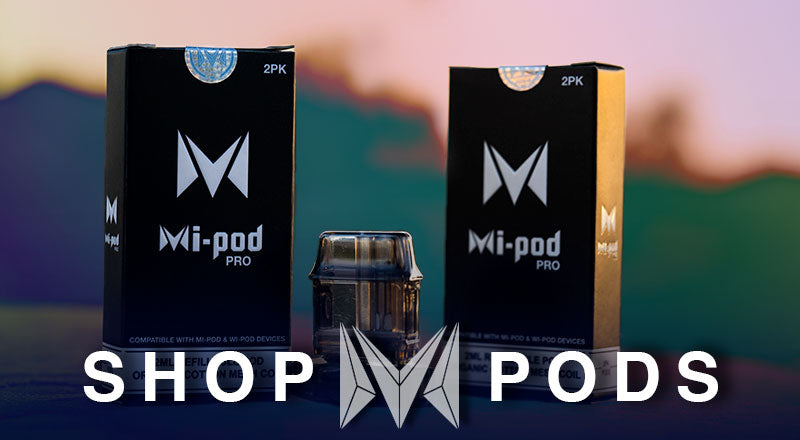
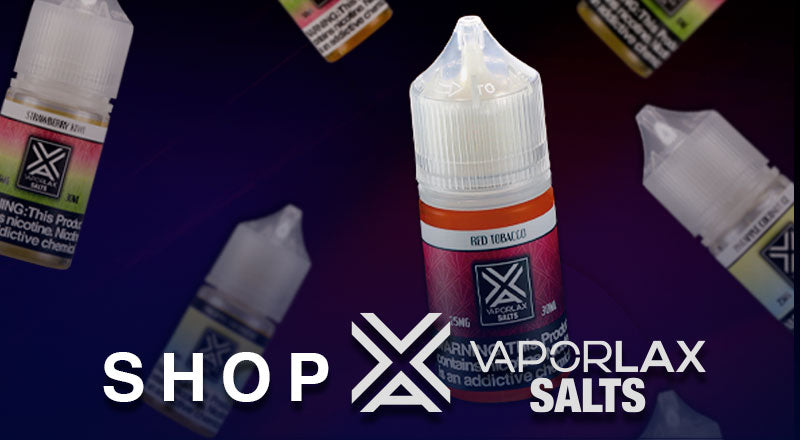
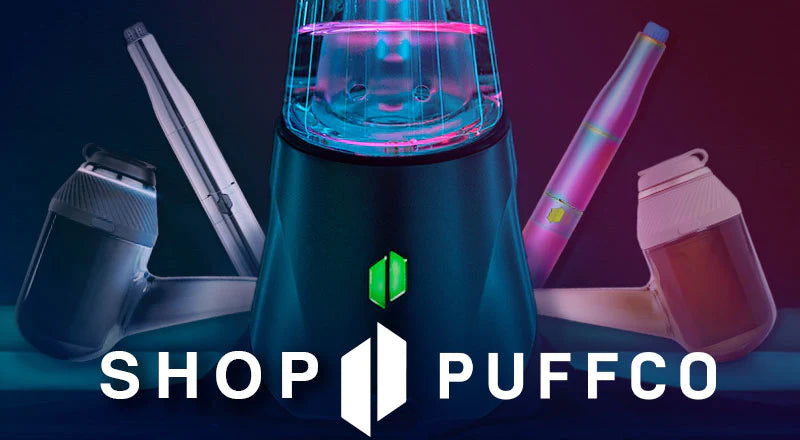


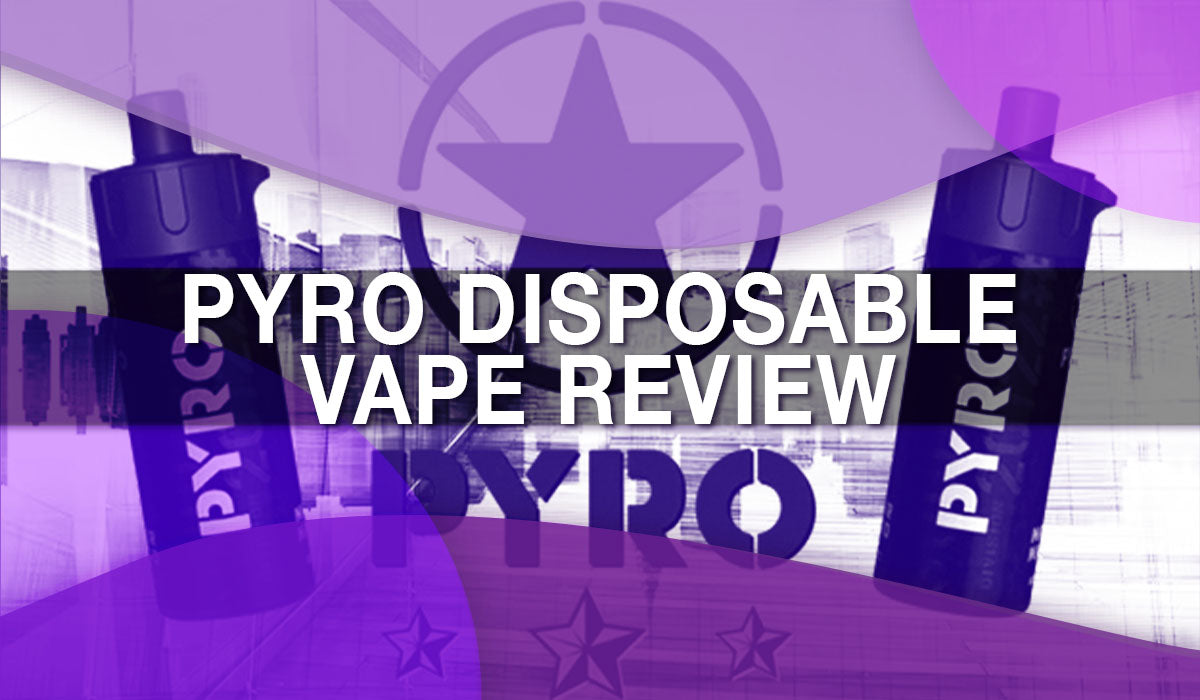

Leave a comment
This site is protected by hCaptcha and the hCaptcha Privacy Policy and Terms of Service apply.